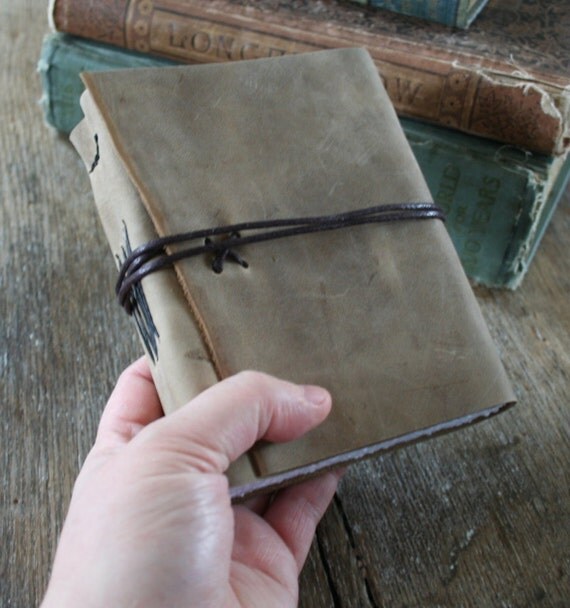

Portrait of Leo Tolstoy by Ivan Kramskoy, 1873 That journey is what Russian literature scholar and historian Irina Paperno explores in “Who, What Am I?”: Tolstoy Struggles to Narrate the Self ( public library) - a remarkably insightful account of the beloved author’s “paradoxical efforts to create a narrative representation of both the self and the selfless being,” and an inquiry into the broader, more universal concerns with what actually constitutes a self, that elusive and often self-defeating appendage of existence. He was already on the cusp of being expelled from university for poor academic performance, so the forced sabbatical at the hospital led him to begin a journey of self-exploration - in the dual sense of both examining himself and contemplating the notion of the self - which would stretch and coil across his entire life. Tolstoy wrote his first diary entry at the age of eighteen, in March of 1847, while relegated to a hospital bed during treatment for a venereal disease. But the most psychologically formative and creatively intriguing journaling is that of Tolstoy’s youth.
#Tolstye journaly manual#
The same intense inward gaze that produced Tolstoy’s record of spiritual awakening became, by the end of his life, an effort to assemble a manual on the meaning of existence. His ideas on nonviolent resistance, expressed in such works as The Kingdom of God Is Within You, were to have a profound impact on such pivotal twentieth-century figures as Mohandas Gandhi and Martin Luther King, Jr.Some of humanity’s greatest writers championed the creative benefits of keeping a diary, but hardly any literary titan has explored the medium’s spiritual and existential value more intimately than Leo Tolstoy (September 9, 1828–November 10, 1910). His literal interpretation of the ethical teachings of Jesus, centering on the Sermon on the Mount, caused him in later life to become a fervent Christian anarchist and anarcho-pacifist. Tolstoy is equally known for his complicated and paradoxical persona and for his extreme moralistic and ascetic views, which he adopted after a moral crisis and spiritual awakening in the 1870s, after which he also became noted as a moral thinker and social reformer.

Many consider Tolstoy to have been one of the world's greatest novelists. His two most famous works, the novels War and Peace and Anna Karenina, are acknowledged as two of the greatest novels of all time and a pinnacle of realist fiction. Later in life, he also wrote plays and essays. Lev Nikolayevich Tolstoy (Russian: Лев Николаевич Толстой most appropriately used Liev Tolstoy commonly Leo Tolstoy in Anglophone countries) was a Russian writer who primarily wrote novels and short stories. We appreciate your support of the preservation process, and thank you for being an important part of keeping this knowledge alive and relevant. Scholars believe, and we concur, that this work is important enough to be preserved, reproduced, and made generally available to the public. Within the United States, you may freely copy and distribute this work, as no entity (individual or corporate) has a copyright on the body of the work.Īs a reproduction of a historical artifact, this work may contain missing or blurred pages, poor pictures, errant marks, etc. This work is in the public domain in the United States of America, and possibly other nations. Therefore, you will see the original copyright references, library stamps (as most of these works have been housed in our most important libraries around the world), and other notations in the work. This work was reproduced from the original artifact, and remains as true to the original work as possible.

This work has been selected by scholars as being culturally important, and is part of the knowledge base of civilization as we know it.


 0 kommentar(er)
0 kommentar(er)
